The On Lang Association (of the Chinese community) and the Red Cross Society of District 5 regularly give gifts to poor households and lonely elderly people, making an active contribution to the local poverty reduction program. Photo: Thanh Vu (VNA)
To help people escape poverty completely
Since 2009, there has been a major change in Ho Chi Minh City’s poverty reduction policy, which is that the city has begun to approach multidimensional poverty reduction - a new concept that has been applied in many countries around the world. In addition to income criteria, the city will focus on improving other criteria and conditions that impact people’s lives such as:education , health, housing, living environment, culture, etc.
Since approaching the multidimensional poverty line, not only has people's income improved, but their quality of life has also improved. Every morning, Ms. Pham Thi Thu Hanh (living in Ward 3, District 5) pushes her bread cart to the corner of Le Hong Phong Street to sell; at noon and in the evening, she sells sugarcane juice and other soft drinks. Thanks to her diligence, her family's life has become less difficult than before.
Previously, Ms. Hanh's family was one of the most difficult households in the ward, making a living by selling bread on the street, while her children were still in school age. To support her family, the locality always had support policies such as student scholarships, health insurance cards, gifts on holidays, Tet, etc. In 2021, Ms. Hanh was introduced to access poverty reduction capital and given a bread cart. At the same time, the locality also introduced her to participate in a training course on knowledge about small business models that bring high efficiency. Thanks to that, Ms. Hanh boldly invested more, selling many types of soft drinks, the family's income began to increase, life gradually stabilized, and her children were able to go to university.
In 2016, the Vietnam Fatherland Front Committee of Binh Chanh District launched the program "Livelihood in Hand - Sustainable Future", helping hundreds of households in the district have the means to produce, increase income, gradually escape poverty and have a better life. As in the case of Ms. Pham Thi Lan's family (Tan Xuan Commune, Binh Chanh District), who previously had difficulties with no land to cultivate, no stable job, a lack of money, and the risk of her children's schooling being interrupted. In 2018, through mobilizing sponsorship from businesses, the Vietnam Fatherland Front Committee of the district presented her family with a sewing machine.
“When I had a sewing machine, I took on sewing jobs for local establishments and repaired clothes for people around. Thanks to that, my family had a stable income, and my husband was also introduced to work at a small company, so now we have a little savings,” Lan shared. In early 2025, Lan was even more excited when her family was able to repair a spacious house to replace the previous shabby corrugated iron house, and her children were also able to study properly.
In Binh Chanh district, many households have also been supported to escape poverty and improve their lives similar to Ms. Lan's family. According to the Vietnam Fatherland Front Committee of Binh Chanh district, the livelihood donation was carried out systematically, from the planning stage to the survey and selection to ensure the right beneficiaries and was monitored during the use process. As a result, the rate of households using the money effectively reached 83.87%. In addition, in recent years, agencies and units of Binh Chanh district have also organized many programs to support poor and near-poor households. In particular, the District Women's Union has implemented many movements such as: "Women help each other to develop the economy", "The well-off help the disadvantaged" ... creating conditions for members and women to create their own family capital to develop the economy and increase income.
According to the Steering Committee of the Ho Chi Minh City Sustainable Poverty Reduction Program, the slogan throughout the city's poverty reduction journey is "substantial poverty reduction, sustainable poverty escape". Statistics show that at the beginning of the 2021-2025 period, there were more than 58,000 poor and near-poor households in Ho Chi Minh City, accounting for 2.29% of the total number of households. Aiming at the goal of sustainable poverty reduction, the city has implemented programs, policies and solutions to support poor households, near-poor households and newly escaped poverty households, contributing to improving and increasing income. The program supports the development of production, service business, diversifying livelihoods and replicating poverty reduction models; preferential loan and micro-credit policies; vocational training and job creation policies (domestic and temporary work abroad); policies to support improving nutrition and improving human physical health; education support policies; housing support policies, etc.
Changing the mindset and awareness of poor households
At the end of 2024, Mr. Huynh Van Beo's family (Ward 19, Binh Thanh District) voluntarily wrote a request to be removed from the poor household list. Previously, Mr. Beo's family of 6 was a poor household in the ward, but thanks to preferential loans and motorbikes for a living, his family's economy has gradually improved.
“In recent years, my family's income has been more stable, and my house has been renovated, so I would like to withdraw my name from the list of poor households and give those support policies to other families in more difficult circumstances,” said Mr. Beo. This is one of 122 households in Binh Thanh District that voluntarily withdrew their names from the Sustainable Poverty Reduction Program by the end of 2024. At the same time, Binh Thanh District was recognized as having no more poor households according to the city's multidimensional poverty standards for the 2021-2025 period, reaching the target 1 year ahead of schedule.
To achieve this result, Binh Thanh district has implemented many social security programs for poor and near-poor households such as: giving health insurance cards, introducing jobs, providing vocational training advice, exempting and reducing tuition fees for disadvantaged students; supporting the construction and repair of charity houses; supporting loans from the Hunger Eradication and Poverty Reduction Fund; taking care of disadvantaged households affected by the COVID-19 epidemic...
Similar to Binh Thanh District, many localities in Ho Chi Minh City have completed the goal of no more poor households according to the city's multidimensional poverty standards for the period 2021-2025. Ms. Nguyen Thi Hong Ha, Chief of Office of the Steering Committee for the Sustainable Poverty Reduction Program of Ho Chi Minh City, said that in the period 2021-2025, the city has reduced 69,914 poor and near-poor households, accounting for 2.76% of the total number of households in the city; of which, 37,979 poor households and 31,935 near-poor households have been reduced... Up to now, the city has had 13 districts and towns complete the goal of no more poor households according to the city's multidimensional poverty standards, the remaining 9 districts and towns are expected to complete in the first quarter of 2025.
In particular, one of the bright spots of the Sustainable Poverty Reduction Program is that poor and near-poor households are increasingly raising their awareness, gradually changing their way of thinking, gradually eliminating the idea of being content with their lot and waiting for assistance from the State and society. Many households have reorganized their lives, attach importance to improving their education level, learning a trade, finding jobs, and learning how to do business to take advantage of the Program's assistance opportunities more effectively. Along with the determination to overcome difficulties and escape poverty of the majority of poor and near-poor households, the attention, help and support in both material and spiritual terms from individuals, organizations and businesses in the area have contributed to the completion of the city's poverty reduction goals.
Ms. Tran Thi Dieu Thuy, Vice Chairwoman of Ho Chi Minh City People's Committee, said that in the coming period, the city will continue to implement sustainable poverty reduction solutions, limit re-poverty, contribute to the implementation of economic growth targets, ensure social security; create conditions for the poor, poor households, and near-poor households to increase their income and best access basic social services (health, education and training, employment - social insurance, housing, domestic water and sanitation, access to information). Ho Chi Minh City strives to raise the city's income poverty line by 2 times higher than the national average by the end of 2030, with basically no more poor households according to the national poverty line, and less than 0.5% of poor households according to the city's poverty line.
The Vice Chairman of the Ho Chi Minh City People's Committee emphasized: The city will continue to research practical solutions and methods, provide high support for production and business, create a favorable environment and opportunities for the poor, poor households and near-poor households to feel secure and confident in organizing their business and living, stabilize their lives, reduce poverty sustainably, and strive to become well-off and rich households, contributing to building Ho Chi Minh City into a "City with good quality of life - civilized - modern - affectionate".
Dinh Hang - Thanh Vu (Vietnam News Agency)
Source: https://baocantho.com.vn/tp-ho-chi-minh-ot-pha-ve-giam-ngheo-ben-vung-a185171.html


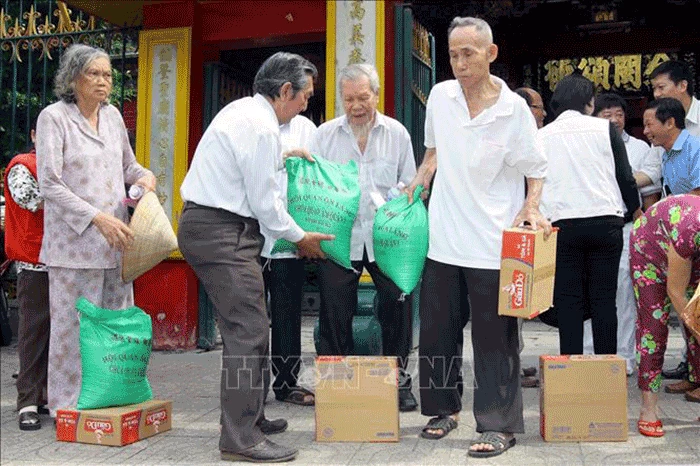
![[Photo] Readers line up to visit the photo exhibition and receive a special publication commemorating the 135th birthday of President Ho Chi Minh at Nhan Dan Newspaper](https://vphoto.vietnam.vn/thumb/1200x675/vietnam/resource/IMAGE/2025/5/17/85b3197fc6bd43e6a9ee4db15101005b)


![[Photo] Prime Minister Pham Minh Chinh chairs meeting on science and technology development](https://vphoto.vietnam.vn/thumb/1200x675/vietnam/resource/IMAGE/2025/5/17/ae80dd74c384439789b12013c738a045)

![[Photo] More than 17,000 candidates participate in the 2025 SPT Competency Assessment Test of Hanoi National University of Education](https://vphoto.vietnam.vn/thumb/1200x675/vietnam/resource/IMAGE/2025/5/17/e538d9a1636c407cbb211b314e6303fd)
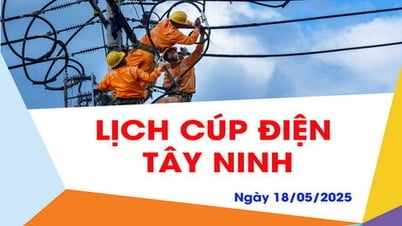



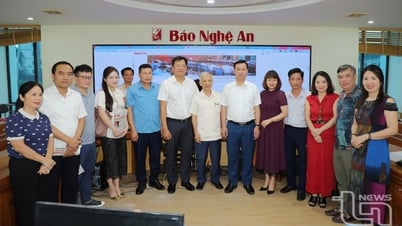


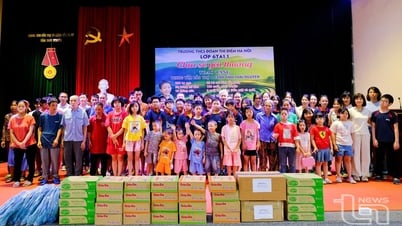
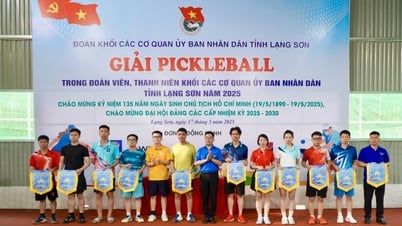





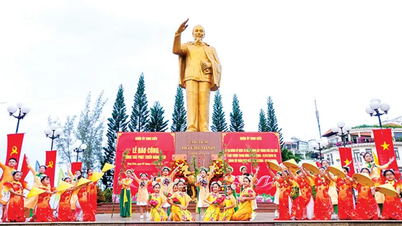


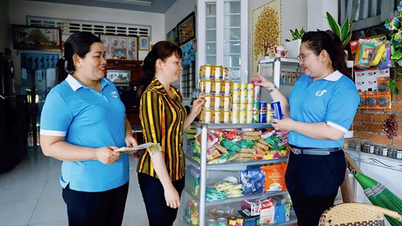
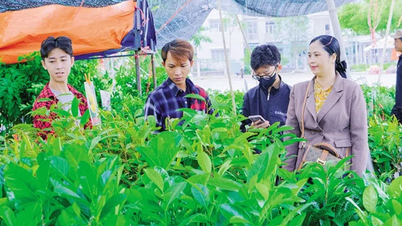
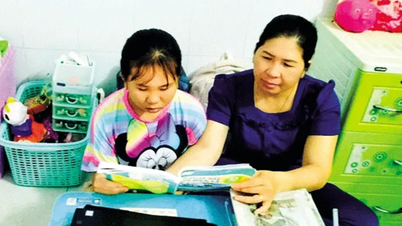
![[Photo] Nearly 3,000 students moved by stories about soldiers](https://vphoto.vietnam.vn/thumb/1200x675/vietnam/resource/IMAGE/2025/5/17/21da57c8241e42438b423eaa37215e0e)






















































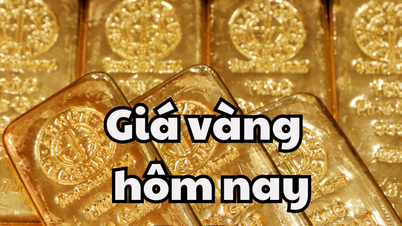



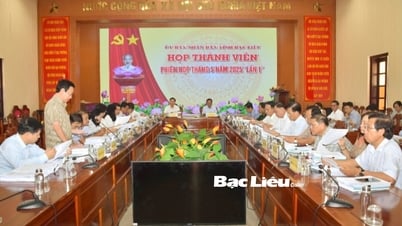











Comment (0)